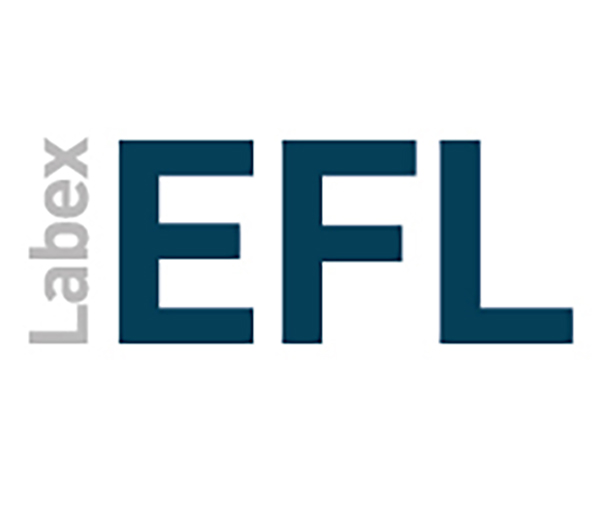"No I Am": What are you saying "No" to?
| Titre | "No I Am": What are you saying "No" to? |
| Publication Type | Article dans des actes |
| Année de la conférence | 2016 |
| Authors | Tian, Ye, and Jonathan Ginzburg |
| Nom de la conférence | Sinn und Bedeutung |
| Conference Location | Edimbourg |
| Mots-clés | dialogue, KoS, negation, No, non-sentential utterance, polarity particle |
| Abstract | The English particle “no” can be used in a variety of contexts. We propose that “no” is three ways ambiguous, distinguished by the type of antecedent utilized: explicit, implicit and exophoric. The second type—“no” with an implicit antecedent addresses a grounding misalignment caused by sources such as speaker’s bias. This type of “no” cannot be used bare. The current semantic theories on “no” as an answer particle to negative polar questions and assertions claim that “no” is ambiguous between confirming and rejecting the polar question or assertion. The preceding negative polar question or assertion licenses and therefore provides the content for “no” in answers like “No, I AM”. We argue instead that the ambiguity arises from whether “no” is picking an an explicit antecedent—the queried proposition—or an implicit one—the questioner’s bias. We offer three predictions and show that even positive antecedents with implied bias may license the “No, I AM” type of answer; in dialogue, bare “no”s only pick up explicit antecedents; the strength of the bias in a negative question influences the rate of the second type of “no” uses. We formalize our account in the KoS framework (Ginzburg, 2012). Our analysis highlights the importance of potential mismatches between the information states of different conversational participants in meaning resolution. |




